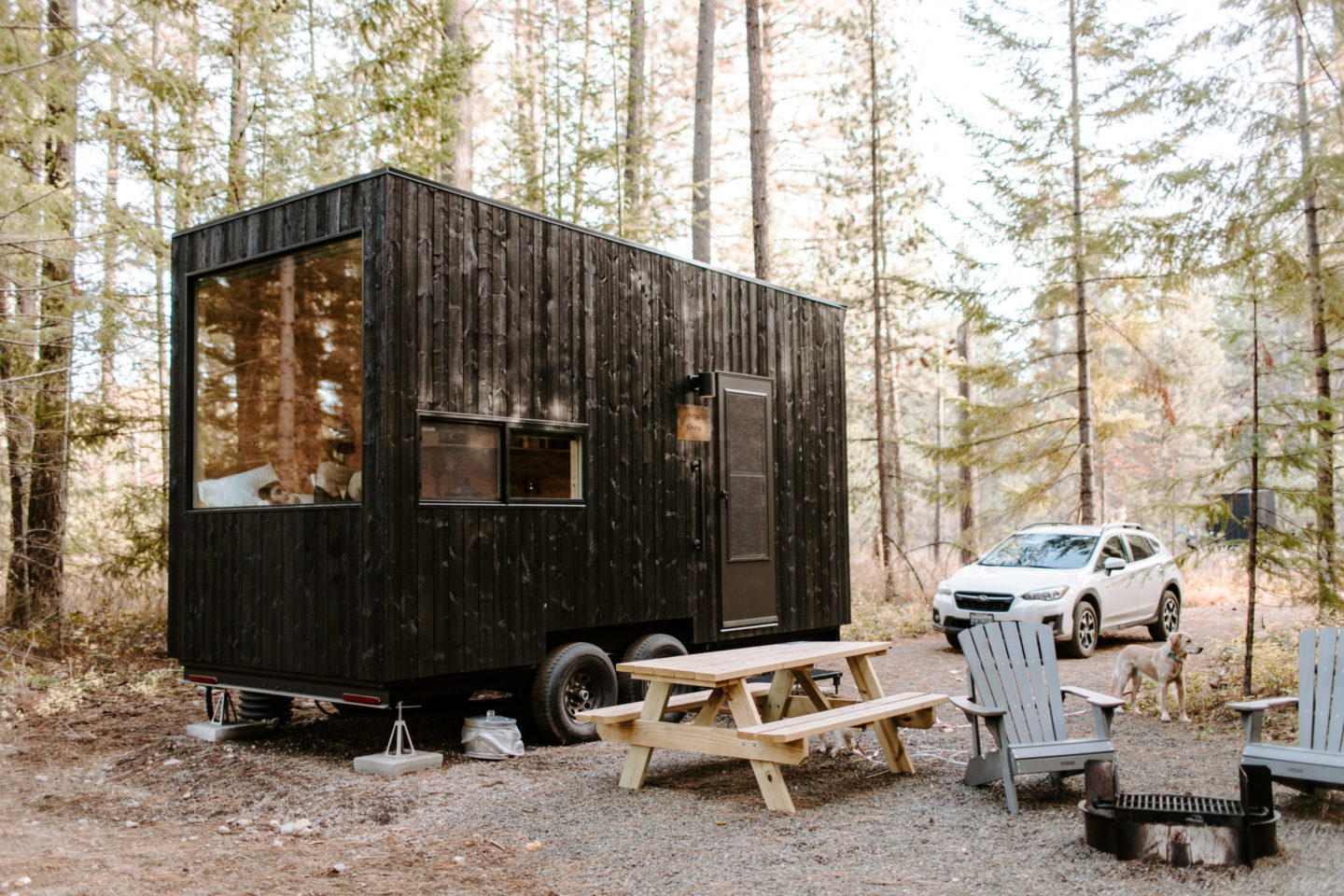The Appalachian Trail begins at Springer Mountain in Georgia, then moves north, crossing 14 states, eight national forests, and six national parks before ending at the peak of Mount Katahdin in Maine. By the time backpackers (known as “thru-hikers”) arrive at Mount Katahdin, they’ve spent at least five straight months trekking along the 2,178-mile trail, the longest marked path in the United States.
The trail got its start a hundred years ago, in 1921, when a Massachusetts forester and conservationist named Benton MacKaye published an article laying out his idea for a walking path across the Appalachian Mountains. He believed that the stress and speed of urban life were bad for people’s health, so he envisioned the trail as a destination for worn-out city dwellers in need of recreation and refreshment in nature. When journalists asked what the trail’s purpose was, MacKaye’s reply was Zen-like in its simplicity: “To walk, to see, and to see what you see.”
In the century since, the pace of city life has only sped up, and we’re spending less and less time outside. MacKaye’s concern for our health, and his proposed solution of getting out into nature for a reset, are as relevant as ever.
While there are plenty of health benefits to hiking, hiking is also a great way to bond with friends and family, there’s a low barrier to entry, and it’s inexpensive. Here are some tips to help you plan and enjoy your next hike from our founder, Jon Staff. For more tips, check out his book “Getting Away: 75 Everyday Practices for Finding Balance in Our Always-On World.”

1. Locate a Nearby Trail
You don’t need to live in the middle of the wilderness to find good places to hike. Many cities and towns have parks and other greenspaces with walking paths, and you can find good hiking trails just an hour away from many major cities.
2. Warm Up
One of the most common hiking injuries is a sprained ankle, but you can reduce your risk with exercises to expand your range of motion and build core strength, which will help to stabilize you on an uneven trail. Crunches, squats, and lunges will strengthen your core, while a resistance band can help to improve strength and extension.
3. Break in New Footwear in Advance
Blisters are a buzzkill. If you plan to wear new or rarely used shoes or boots on your hike, spend some time walking around in them in advance. While lightweight hiking shoes might feel comfortable right away, heavier leather boots may take up to a few weeks to soften to the shape of your feet.
4. Stay Safe
Check the weather a few hours before you plan to set out. Even if you plan to hike for only a few hours, bring a backpack with water, sunscreen, bug spray, snacks, extra layers, and a basic first aid kit. It’s safer to hike with a partner, but if you’re planning to go out alone, make sure to tell someone where you’re going and when you expect to be back.
5. Budget Extra Time
Hiking is usually slower than walking, since rugged terrain and changes in elevation will slow your pace. Depending on the landscape and your level of fitness, assume you’ll cover one to two miles of trail per hour. Add an extra hour for every 1,000 feet of elevation gain. If you’re new to hiking, start with a shorter, easier trail, and err on the safe side by budgeting in a few extra hours.
Useful Websites for Hikers:

Ready to plan your next escape to nature? Book your Getaway today.
